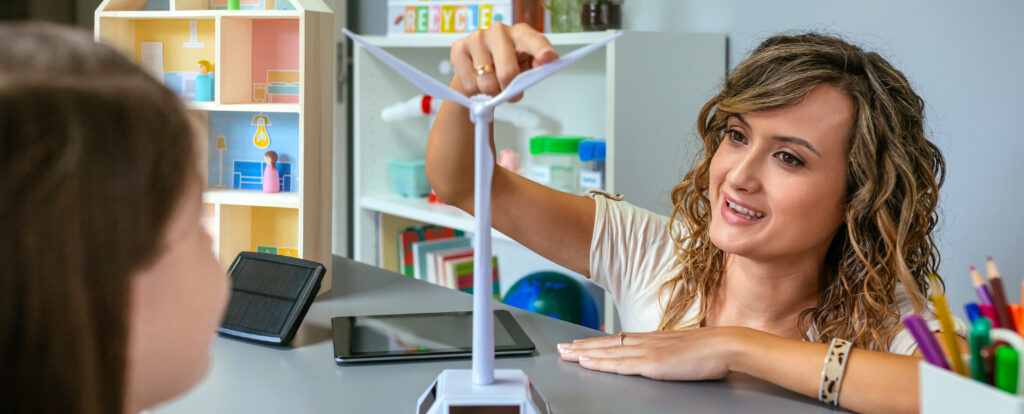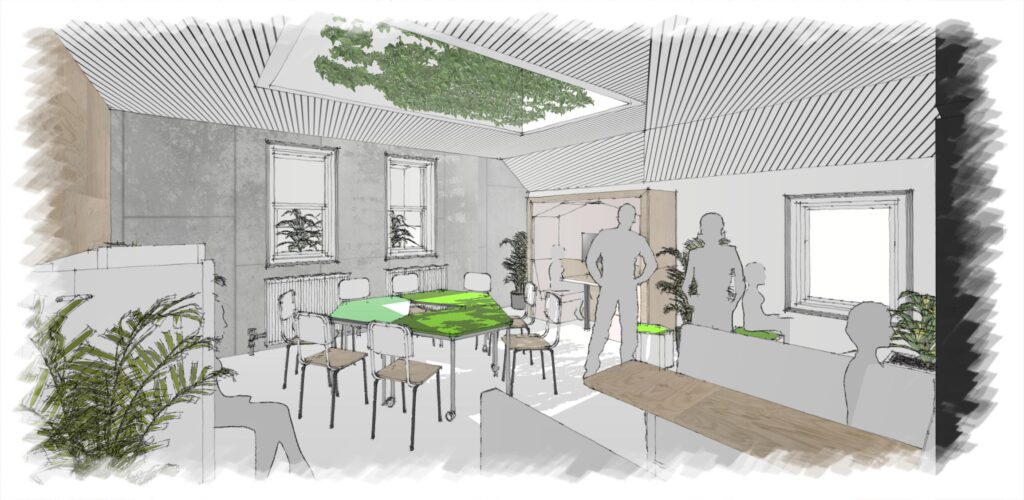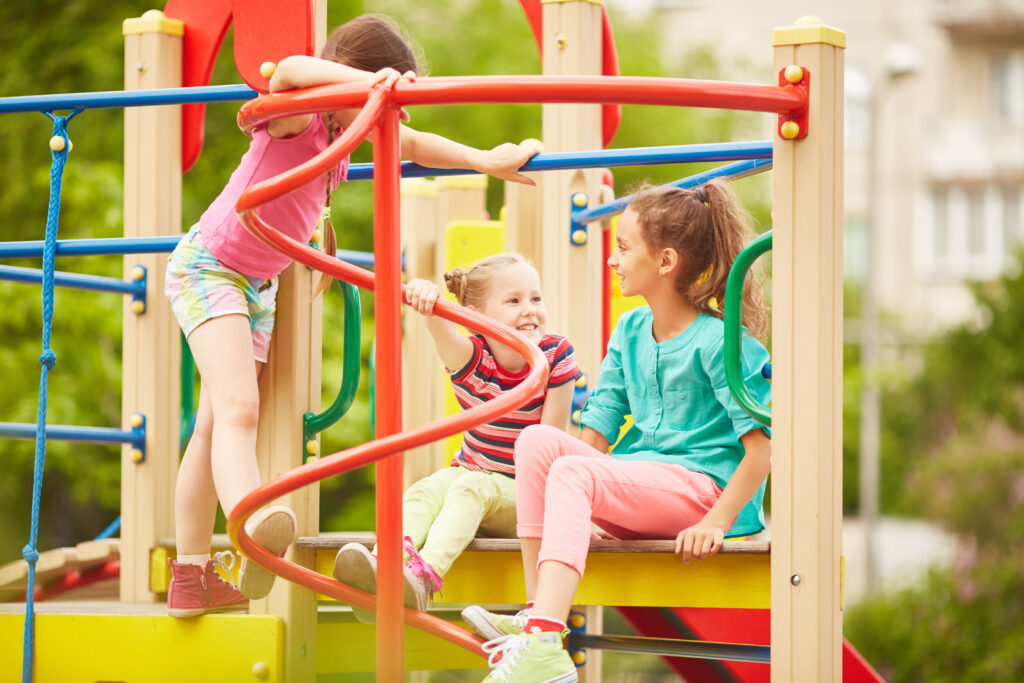Did you know independent prep schools are ideally placed to use outdoor learning for the education of environmental responsibility? Would you like to know how your school can integrate sustainability practices into your outdoor learning activities to positively impact your students’ understanding of environmental issues?
By incorporating practices that respect the natural world into their outdoor learning activities to positively impact students’ understanding of environmental issues, your school is ideally placed to use outdoor learning for the education of environmental responsibility, developing confidence and empowerment in students of all ages; 85% of children and young people in England ‘agreed that being in nature made them very happy.‘ (C-PANS 2022).

From The Ground Up
Prep schools (so called ‘Eco Preps’ – Reed, 2022) that successfully educate their young learners on sustainability do so from the ground up, permeating the fabric of their environmental education. Much more than simply lessons on how to improve their environment, using outdoor spaces for learning effects significant, positive and lasting change for mental health, social inequity and the climate (Nedovic et al 2011) by adopting a set of ideas and values that transcends traditional learning strategies, which perfectly aligns with the bespoke class sizes offered by many private schools.

Sustainable Design Practices
Start small. Nature walks can be an excellent way to teach students about biodiversity, the health of our ecosystem, how to conserve and protect the environment and how to mitigate people’s actions when they impact the natural world.
Build a garden. Use a section of your school’s grounds to teach students about sustainable agriculture, reduce food waste and promote healthy eating habits as well as showing good environmental practices such as rainwater harvesting and composting.
Reuse, Reduce, Recycle. Widely believed to have been established following Earth Day in the 1970’s to draw attention to the plight of the planet, the phrase ‘Reuse Reduce Recycle’ has been a staple of schools for nearly fifty years. Succinct and purposeful, it aims to encourage students to understand how relatively small actions such as recycling can have a significant impact on our environment (Cabalova et al, 2010).
Align with companies with similar values; Envoplan’s bespoke designs are always created with the environment in mind and each part from materials to waste reduction, renewable energy practices to water conservation, all considered so there is minimal impact on your school’s surroundings.

Educational Sustainable Practices
Regenerative Learning. This sustainable approach to education focuses on three main areas:
1. Personal regeneration – caring for ourselves, other people and our surroundings to ultimately be the best we can be in the way we live now
2. Information regeneration – increasing knowledge of our environment to make better choices and work with others facing current sustainability issues
3. Long-term regeneration – improving our planet for future generations.
These help to implement regenerative learning practices on which schools can build an ongoing practice of environmental stewardship that promotes positive environmental action and contributes to a more sustainable future.
By both engaging with nature and learning about sustainable practices, your students will develop a deeper appreciation for the environment and a sense of responsibility to care for it.
Contact our team at Envoplan to find out how your school can have a more sustainable impact on our world.

References
C-PANS 2022: The Children’s People and Nature Survey for England Summer Holidays 2021 Official Statistics
Reed, E (2022): Eco Preps
Nedovic, S. et al (2011): Calm active and focused: Children’s responses to an organic outdoor learning environment
Cabalova, I. et al (2011): The Effects of Paper Recycling and its Environmental Impact



